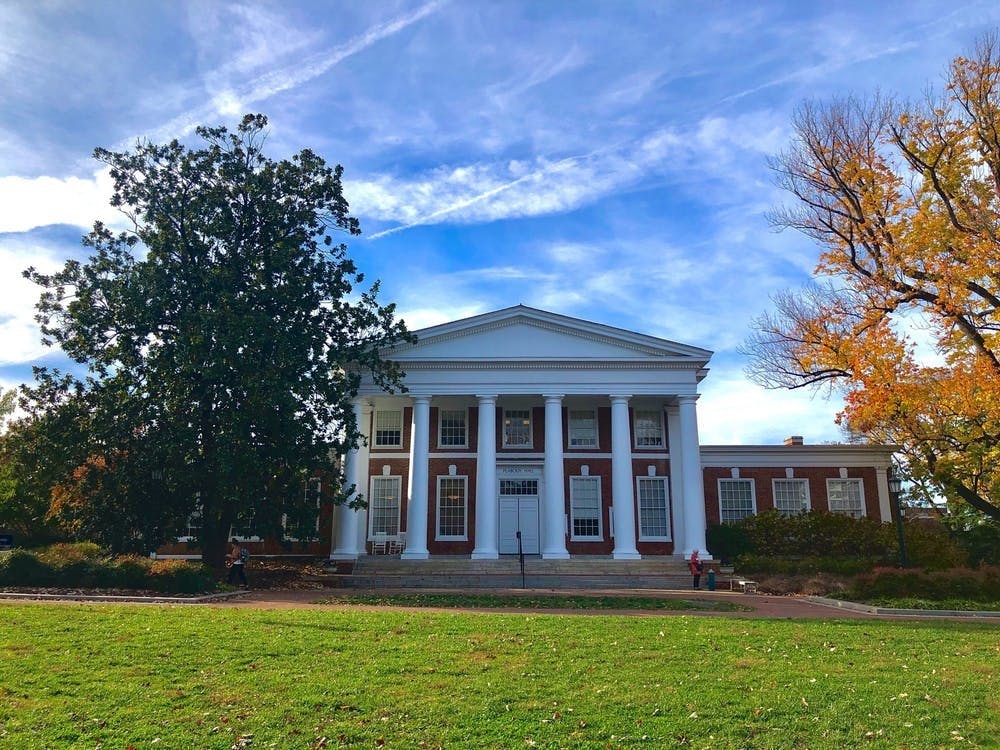The Office of Undergraduate Admission released regular decision offers for the Class of 2025 Thursday evening, accepting 20.6 percent of applicants. Out of the record-breaking 48,011 total applications submitted through early action, early decision and regular decision rounds this year, 9,898 students were offered admission through regular decision.
The University made the submission of standardized test scores optional for the 2020-2021 application cycle due to the pandemic and later announced admissions will be test optional until 2023. In total, 42 percent of applicants opted to not submit standardized test scores. 2,747 of accepted students, or 28 percent, chose to not submit standardized test scores.
Last year, the University received 40,971 undergraduate applications and extended offers to 8,420 students, a 20.5 percent acceptance rate.
This year marked the second admissions cycle where applicants were able to apply through the early decision process since 2006. Out of the students offered admission to the Class of 2025, 6,187 were accepted in February after submitting early action applications while 968 were accepted in December through binding early decision applications, meaning they are required to enroll upon acceptance. Early action and early decision applications were both due Nov. 1.
In an email statement to The Cavalier Daily, Dean of Admissions Gregory Roberts said the University looks at the “whole person” during the application review process in order to accept students from many backgrounds. Roberts is looking forward to welcoming the Class of 2025 to Grounds in the fall.
“We are excited by this class and we share in the joy of those admitted, but unfortunately we were unable to offer admission to all qualified students, and we are thinking of those students as well during what is likely a difficult and disappointing time,” Roberts said.
According to data provided by deputy University spokesperson Wes Hester, the University extended 1,184 offers, or 12 percent of total offers, to students who will be the first in their families to attend college. Last year, 1,162 of those accepted, or 12.5 percent, were first-generation college students.
This year, 1,005 of offers — or 10 percent — were extended to legacy students, meaning that one or more of their relatives attended the University. This is a slight decrease from last year’s legacy acceptances, in which 11.3 percent of offers were given to legacy students.
This year, 3,948 Virginians were accepted, making up 39.9 percent of total offers, while 5,950 out-of-state applicants received offers. The acceptance rate for Virginians was 28 percent — an eight percent decrease from last year’s 36 percent — and the acceptance rate for out-of-state applicants was 17 percent, the same as last year’s. The University aims to maintain a two-thirds majority of Virginia residents in its student population.
4,362, or 44 percent, of accepted students identified as male, while 5,536, or 56 percent, identified as female.
While the College of Arts and Sciences and the School of Engineering and Applied Science accepted hundreds of more students this year compared to last year, Architecture, the School of Education and Human Development and the School of Nursing accepted less students than they did the previous year.
This year, the College accepted 7,207 applicants and Engineering accepted 2,230 applicants, while last year the schools accepted 6,872 applicants and 1,896 applicants, respectively.
The School of Architecture accepted 230 applicants, while they accepted 247 last year. The School of Education accepted 91 applicants, eight less than last year, and Nursing accepted 140 applicants, 11 less than last year.
Students who identify as coming from minority communities made up 41 percent of acceptances, or 4,052 students, which is a slight increase from last year’s 40.3 percent. Nine percent of accepted students are African American, 18 percent are Asian, eight percent are Hispanic and six percent identify as two or more races. Ten American Indians and four Hawaiians or Pacific Islanders were offered admission.
Additionally, nine percent of offers were given to foreign national students and about six percent of applicants didn’t list their race. The percentages of accepted minority-identifying students and foreign national students is similar to those from last year.
Roberts said that the “hard part” now begins, as the University has to recruit and connect with admitted students as they navigate choosing their college.
“It is more challenging again this year since our yield efforts are virtual, but we are thrilled that so many in our community are eager to participate and connect with the newly admitted students,” Roberts said.
The University will hold its annual Days on the Lawn — an event series that allows admitted students to learn more about the University before making their decision — virtually this year for the second time due to the pandemic. The University Guide Service will host tours every Tuesday and Thursday at 12 p.m. and Saturdays at 1 p.m. for admitted students, and each school has a variety of different resources and activities for prospective students to explore.
Students have until May 1 to accept admission offers. The University’s enrollment class target for the Class of 2025 is 3,788 students.







